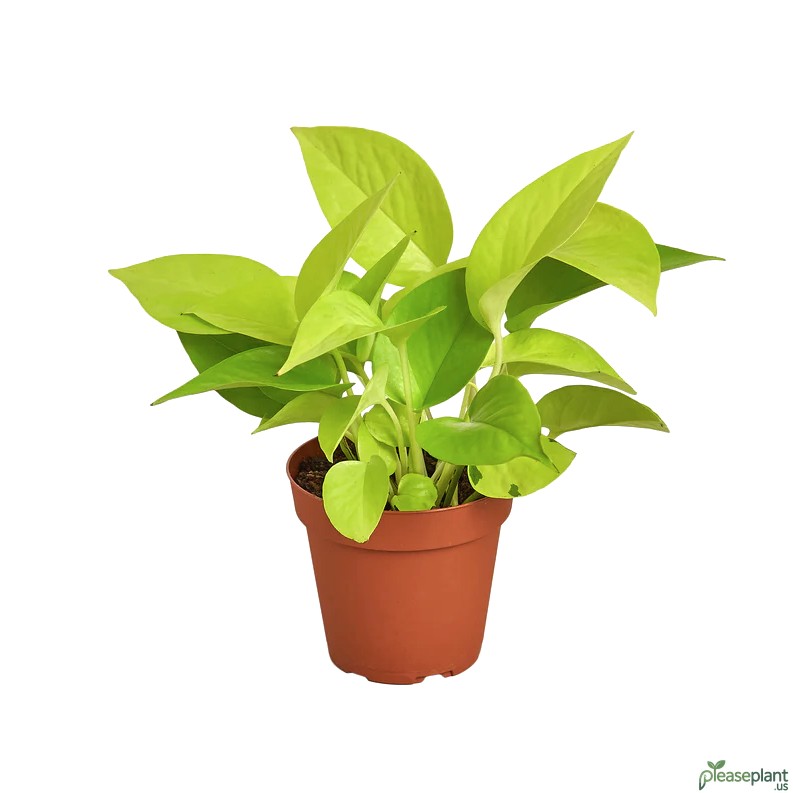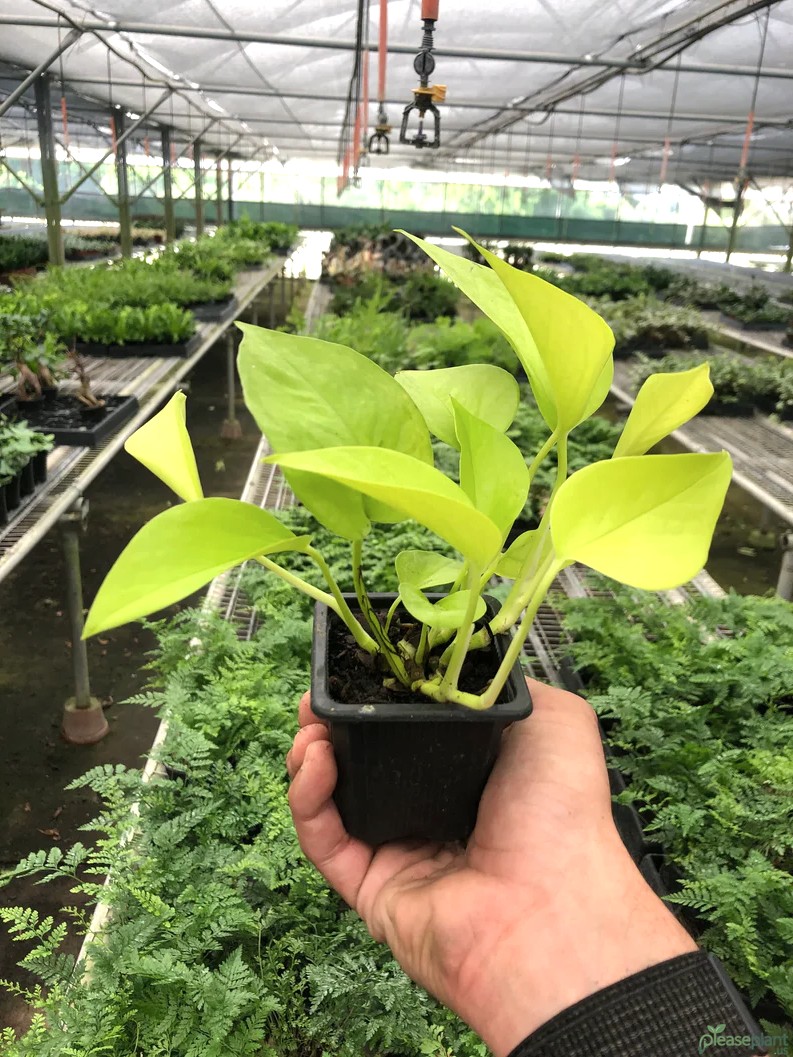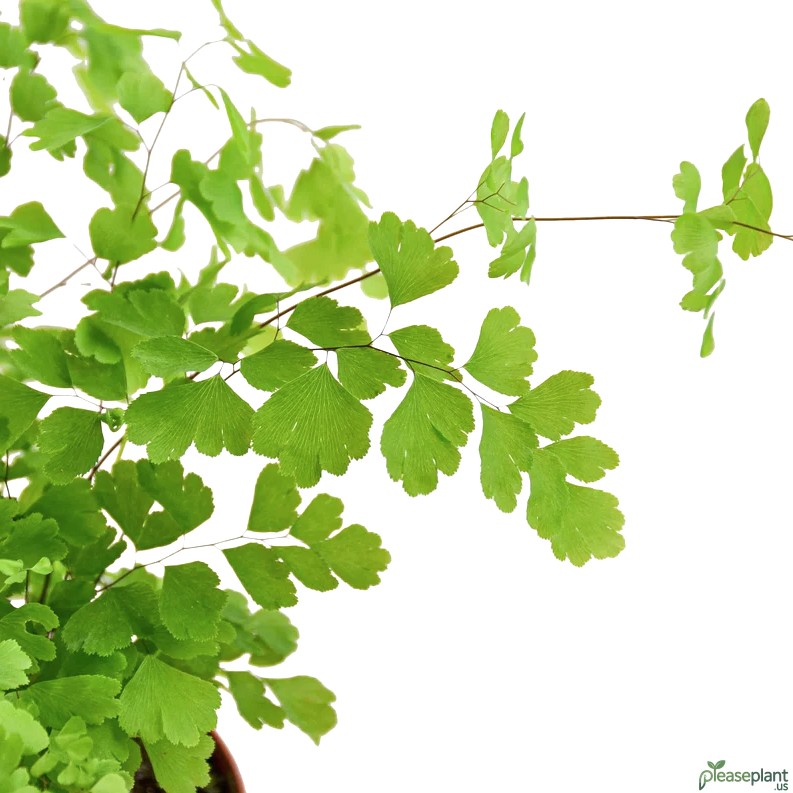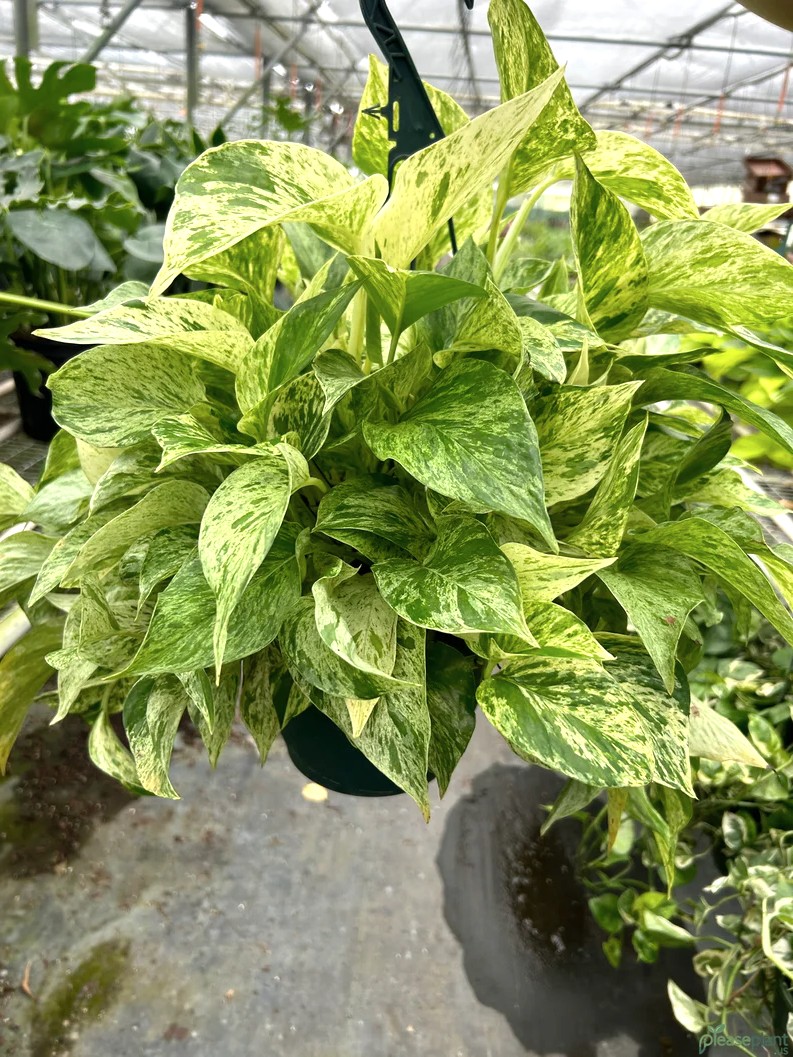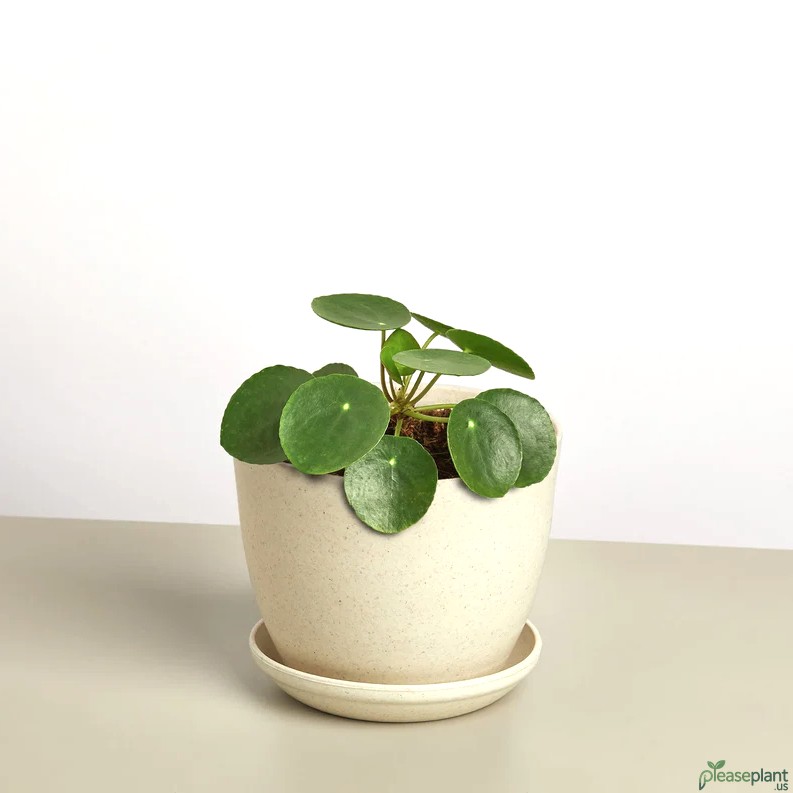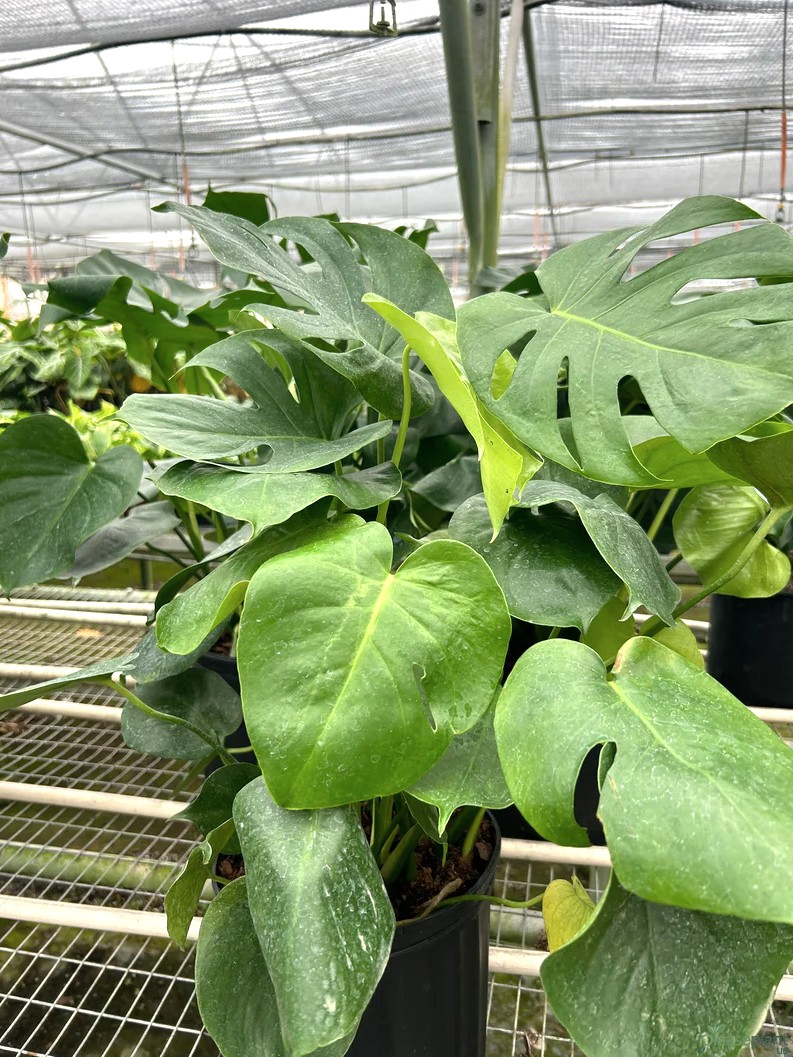If you’ve ever wandered into the world of Pothos Neon Plant and Philodendrons, you might have noticed the confusion over their leaves. Both plants flaunt green, lush foliage, but their leaves tell a different story. Pothos Neon stands out with vibrant lime-green leaves that almost glow indoors, while Philodendrons tend to keep it classic with deeper greens and softer textures. This guide peeks under the leaves to help you tell these two apart, so you know exactly what you’re bringing home for your plant collection.
Let Me Tell You About the Leafy Contenders
I remember the first time I bought a Pothos Neon Plant. The leaves were so bright, almost like they were lit from within. It’s funny how many people mix these up with Philodendrons, but if you look close, you’ll see they’re quite different. Pothos Neon leaves are heart-shaped but have this vibrant neon green color that’s hard to miss. Philodendrons, on the other hand, lean towards a darker, richer green and their leaves often have a smoother, almost velvety feel.
What Sets Pothos Neon Apart?
The bright lime green leaves aren't just for show. They thrive in lower light but still manage to keep that glow, making them perfect for apartments or offices where sunlight can be a bit shy. And yes, their leaves can look a bit shiny, almost like they’ve been polished. I once had a Pothos Neon that brightened up a dull corner that no other plant dared to grow in. Plus, they’re tougher than they look; a bit of neglect won’t kill them, which is a blessing for the sometimes forgetful plant parent.
Philodendron Leaves: The Classic Beauty
Philodendrons have this timeless look, with leaves that vary from deep green to a more matte finish. Their edges can be a bit softer and rounder compared to the sharper points of the Pothos Neon. They’re also a bit more delicate in appearance but don’t underestimate them—they can grow quite large and add a lush tropical vibe to any room. I’ve noticed they prefer a little more humidity and don’t love being dried out as much as Pothos Neon does.
How to Tell Them Apart Without a Doubt
If you’re staring at a plant and wondering, "Is this a Pothos Neon or a Philodendron?" here’s a quick tip. Look at the leaf shape and color closely. Pothos Neon leaves are more pointed and neon-bright, almost like they’re yelling, "Look at me!" Philodendron leaves are more understated, with a smoother feel and often bigger, broader shapes. And then there’s the vine behavior: Pothos Neon tends to trail or climb with thin stems, while some Philodendron varieties have thicker, sturdier stems.
Care Tales From My Indoor Garden
In my years growing these beauties, I’ve learned that Pothos Neon is a bit more forgiving. Miss a watering day? It’ll bounce back. Give it indirect light, and it’ll surprise you with how fast it grows. Philodendrons, while stunning, require a bit more attention—consistent watering and a humid environment keep their leaves shiny and healthy. But honestly, both are fantastic for anyone looking to add some greenery without turning their home into a jungle.
Final Thoughts on Leaves and Love
Leaves might seem like just a detail, but they’re the heart of your plant’s personality. Whether you choose the glowing Pothos Neon Plant or the classic Philodendron, you’re getting a piece of nature’s artwork. So next time you’re plant shopping, take a moment to admire the leaves—they’ll tell you more than you expect.

